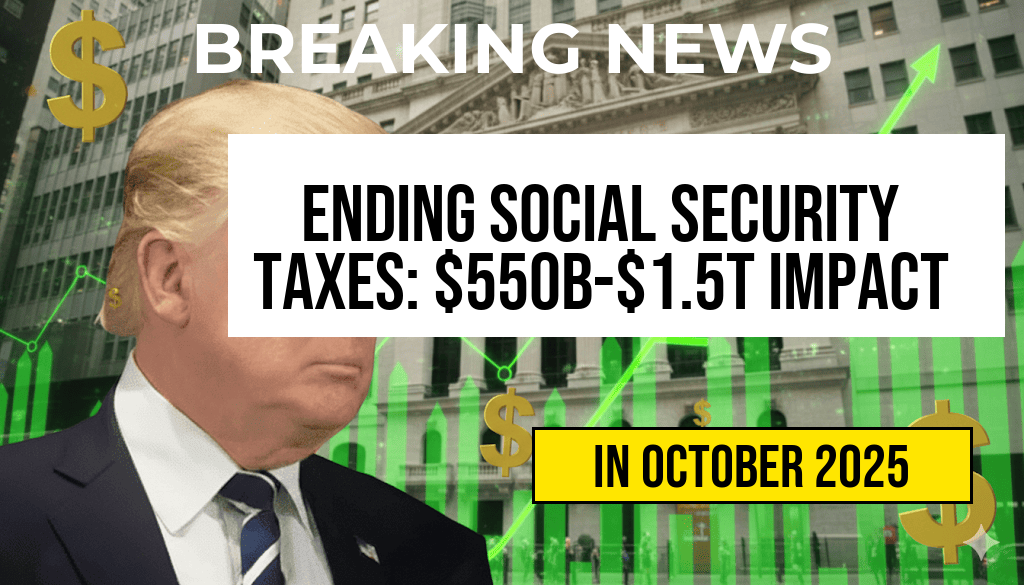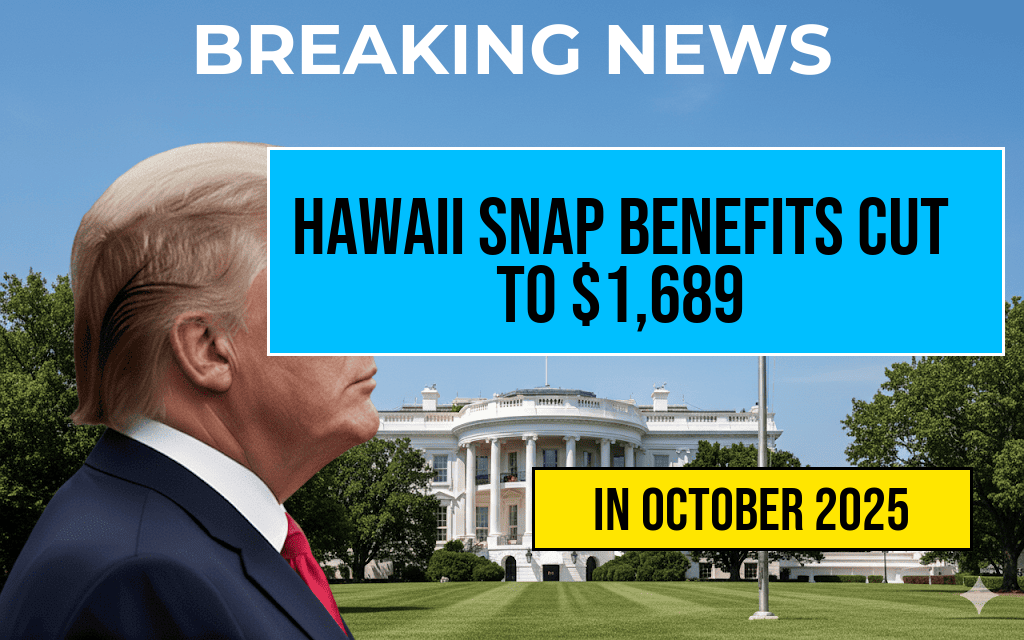The proposal to make tips tax-free in the United States has sparked significant debate among economists, policymakers, and the hospitality industry. Estimates suggest that this shift could impose a staggering cost on federal and state governments, ranging from $100 billion to $550 billion over the next decade. As lawmakers consider this measure, the implications for tax revenue, worker wages, and the overall economy have become focal points of discussion. Advocates argue that eliminating taxes on tips would enhance workers’ take-home pay, while critics warn of the potential fiscal fallout and the long-term impact on public services and infrastructure.
The Current Landscape of Tip Taxation
In the U.S., tips are considered a form of income and are subject to taxation. Employees in sectors like restaurants and hospitality often rely on tips to supplement their base wages, which can be significantly lower than the minimum wage. At present, the IRS mandates that workers report their tips as income, and employers are required to withhold taxes accordingly. This framework aims to ensure fair taxation across all income levels.
Potential Fiscal Impact
Proponents of tax-free tips argue that the financial burden on workers could be alleviated by removing taxes on these earnings. A report by the Forbes indicates that millions of service workers, particularly in low-wage industries, could see a dramatic increase in their take-home pay. However, the fiscal implications of such a policy shift could be profound.
Cost Estimates
According to various analyses, the long-term financial impact of making tips tax-free could reach between $100 billion and $550 billion. This range reflects differing assumptions about the number of workers affected and the proportion of tips currently reported. A breakdown of potential costs includes:
- Loss of Tax Revenue: The federal government could lose significant income tax revenue, which is crucial for funding public services.
- State-Level Impact: States that rely on income tax from service industry workers may face budget shortfalls.
- Social Security Contributions: Fewer reported tips could also reduce contributions to Social Security, impacting future benefits for retirees.
Arguments For and Against
Supporters of the tax-free tips initiative argue that the measure would directly benefit workers whose earnings are often unpredictable. By eliminating taxes, employees could receive a larger portion of their tips, which many depend on for their livelihood. Additionally, advocates suggest that this change could stimulate spending, as workers would have more disposable income.
Conversely, opponents caution against the potential loss of essential tax revenue. They argue that such a significant fiscal gap could lead to cuts in vital public services, such as education and infrastructure. Critics also express concerns that the move could disproportionately benefit higher-income workers in areas with high tipping culture, like upscale restaurants, while doing little for those in lower-wage jobs.
Economic Considerations
Economists highlight several factors that could affect the overall economic landscape if tips were made tax-free:
- Income Inequality: Removing taxes could exacerbate income inequality, as higher earners in the service industry would benefit more than lower earners.
- Behavioral Changes: Businesses may alter their compensation structures, potentially leading to a shift in how workers are paid.
- Tax Compliance: The lack of taxation on tips could encourage underreporting and further complicate tax compliance for workers and employers alike.
Looking Ahead
The debate over making tips tax-free is likely to intensify as more stakeholders weigh in. Policymakers must navigate the complex interplay between enhancing worker compensation and ensuring adequate funding for public services. As the issue continues to evolve, the focus will remain on finding a balance that supports both workers and the fiscal health of the nation.
For further reading on the implications of tax-free tips, you can explore resources from Wikipedia and Forbes.
Frequently Asked Questions
What is the estimated cost of making tips tax-free?
The estimated cost of making tips tax-free ranges from $100 billion to $550 billion, depending on various factors and the scope of implementation.
How would eliminating taxes on tips impact workers?
Eliminating taxes on tips could significantly increase the take-home pay of many workers in the service industry, allowing them to keep a larger portion of their earnings.
What are the potential implications for government revenue?
Making tips tax-free could lead to a substantial decrease in government revenue, as it would reduce the overall tax base and impact funding for public services.
Which sectors would be most affected by the tax-free tips initiative?
The service sectors, particularly hospitality and restaurant industries, would be most affected, as these sectors heavily rely on tips as a significant part of their workers’ income.
Are there alternatives to making tips tax-free?
Alternatives may include adjusting the tax framework to provide tax credits or deductions for service workers, thereby supporting their income without fully eliminating taxes on tips.








